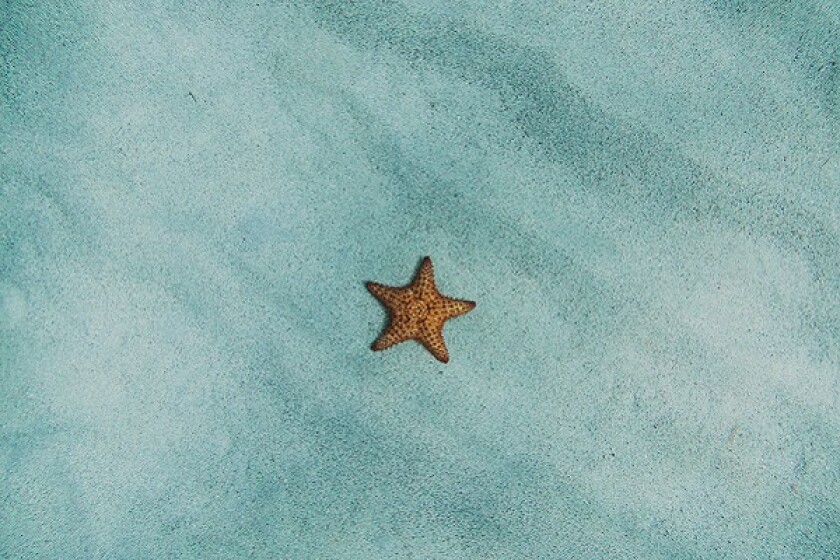An applicant filed trademark application No. 2019731757, in respect of the goods in Class 32 and services in Class 35. The designation represents a 3D image of a blue-coloured bottle in its original shape. The central part of the bottle is convex and is compose of pentagons. Five, five-pointed stars are spaced along the circumference of the central part.
Patent office decision
The patent office refused the application because according to the examiner, the claimed designation does not conform to Article 1483 of the Civil Code. In particular, the claimed designation represents a 3D object of the shape of which is conditioned by its destination: a container for storing and selling liquid products. Hence, it indicates the type of the product and does not have distinguishing capability. A designation of this kind may only be protected if it acquired distinctiveness during its use which has to be proved.

The applicant appealed the decision of the patent office arguing that the shape of the bottle is not traditional. If the product is recognised non-protectable it should comply with two conditions: (i) the shape should be absolutely functional; and (ii) the shape should be traditional.
However, the claimed designation has additional non-functional characteristics: (i) the shape of the product is a stylised bottle; and (ii) it is not functional. This shape was chosen for the consumer to distinguish the applicant’s product from those of other persons.
Thanks to the original shape, it may also be used as a souvenir and as an ornament in the indoor environment. If placed on the shelf of a shop, the bottle will stand out as an advantage among similar goods of other producers.
Chamber decision
The Chamber of Patent Disputes was not satisfied with the applicant’s arguments. It noted that the claimed designation was indeed a bottle of blue colour, and that the body of the bottle has convex and concave elements in the form of geometric figures. Registration is sought for non-alcoholic drinks, beer, and water among other similar products. The distinctive character of a designation consists in the capacity of the trademark to identify the goods of a certain producer which allows the consumer to recognise the trademark and the good respectively among other goods. The presence of embossed elements (convex and concave) on the body of the bottle, a screwed neck of the bottle, protrusions and hollows on the bottom do not give sufficient distinctiveness or style, for it to be remembered by the consumer.
In particular, protrusions and hollows make the bottle more stable, a threaded neck allows the user to close the bottle tightly, and embossed elements on the body of the bottle provide a reliable grip during its use. All this contributes to its convenience in use which confirms the conclusion of the examiner regarding its utilitarian purpose.
As a result, the Chamber of Patent Disputes did not satisfy the appeal and confirmed the negative decision of the patent office.
Conflicting criteria
The main reason for refusal is that it is insufficiently original, a criterion which is difficult to evaluate. In this context the term ‘insufficiently original’ looks strange. Where does sufficiency of the originality begin? Where is the borderline between original and insufficiently original? In fact, the examiner admitted that the bottle is original but not enough.
Vladimir Biriulin
Partner, Gorodissky & Partners












